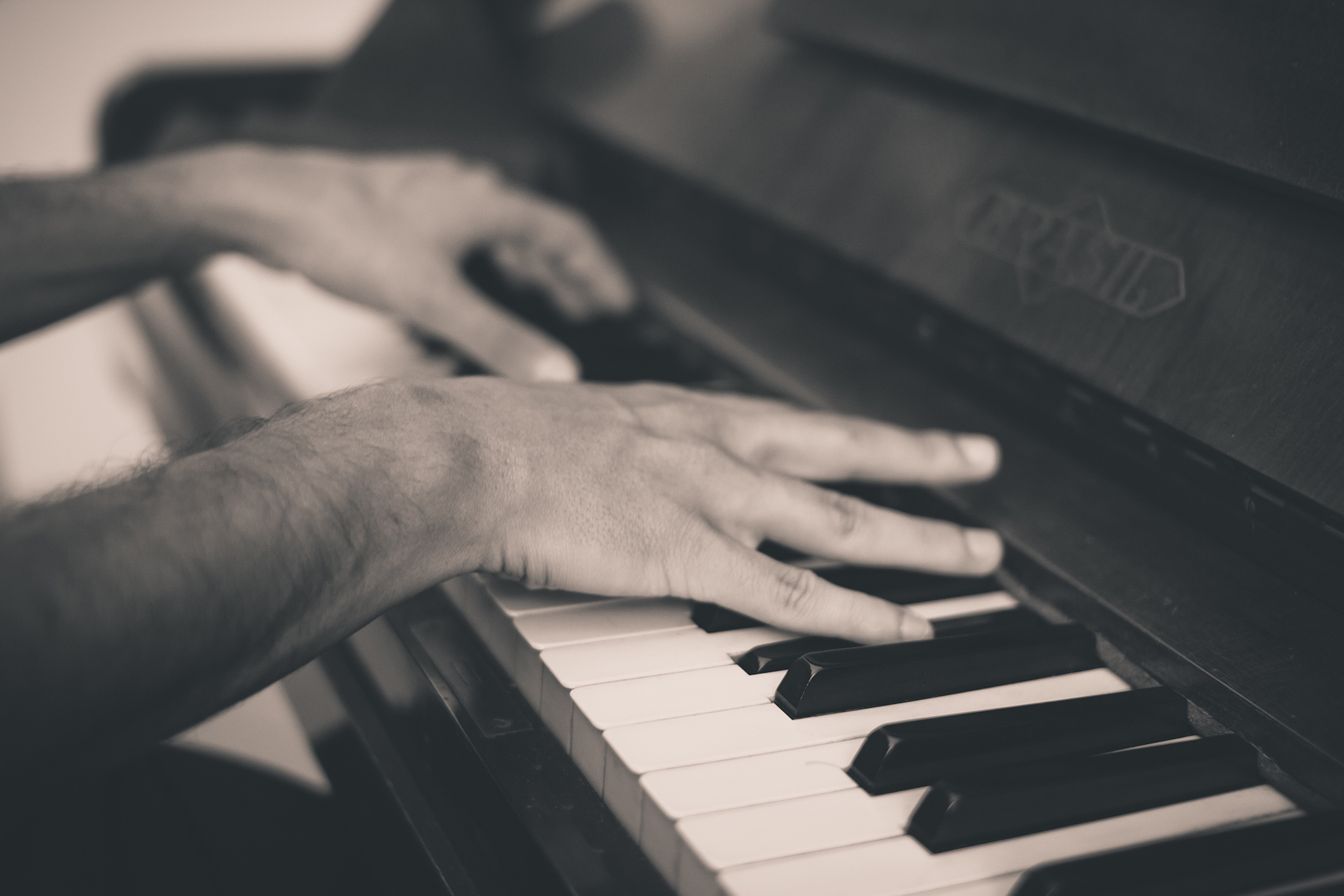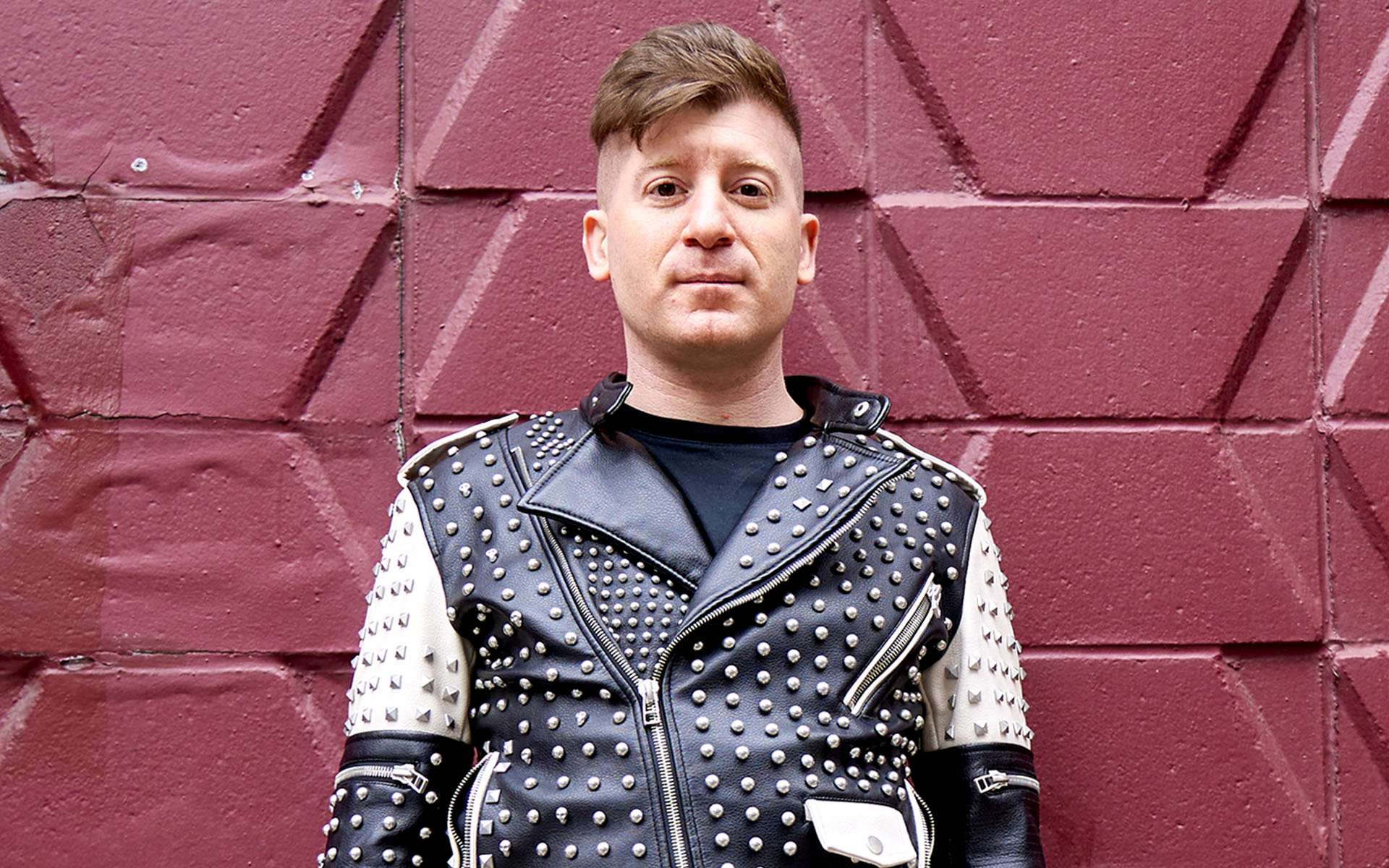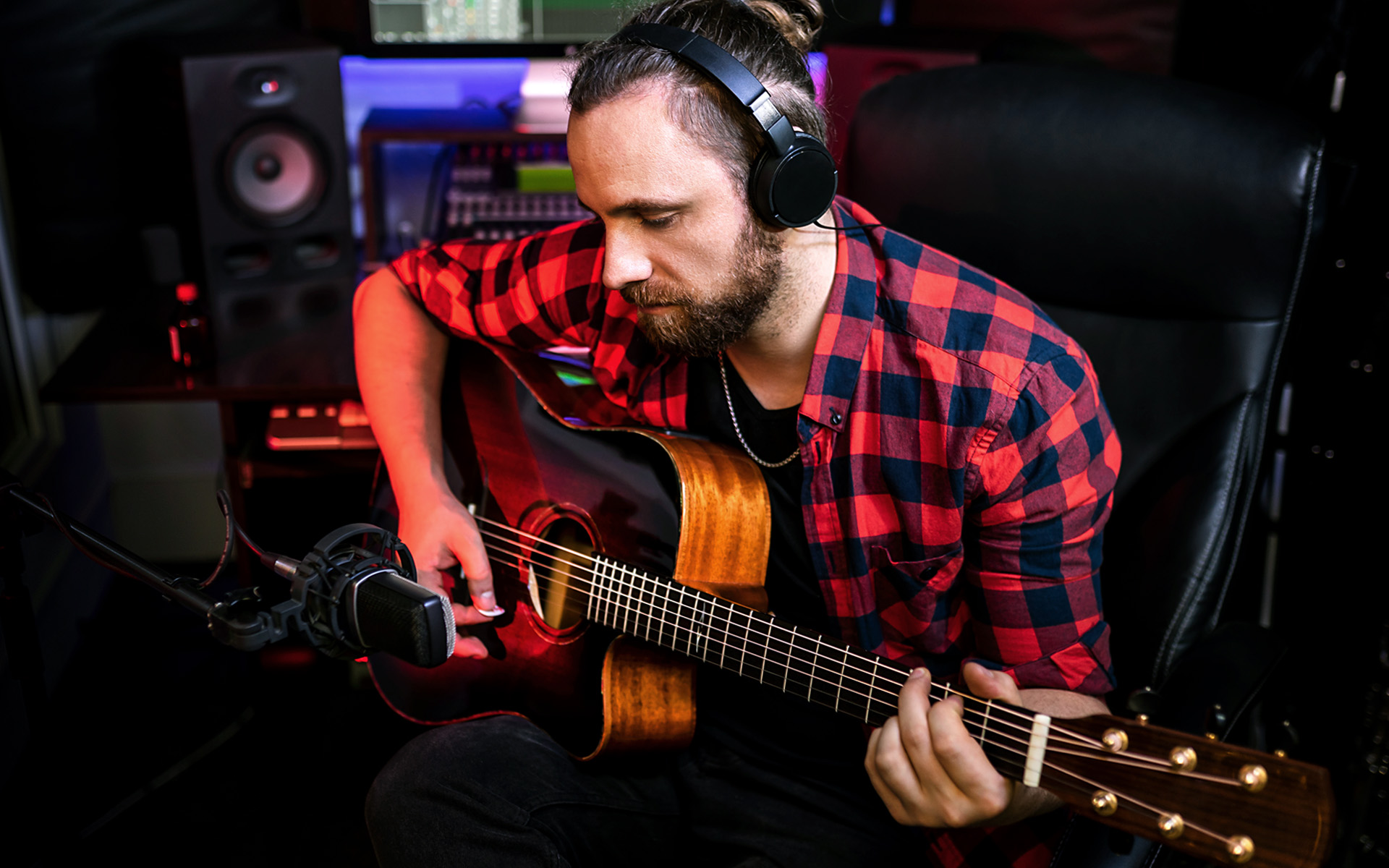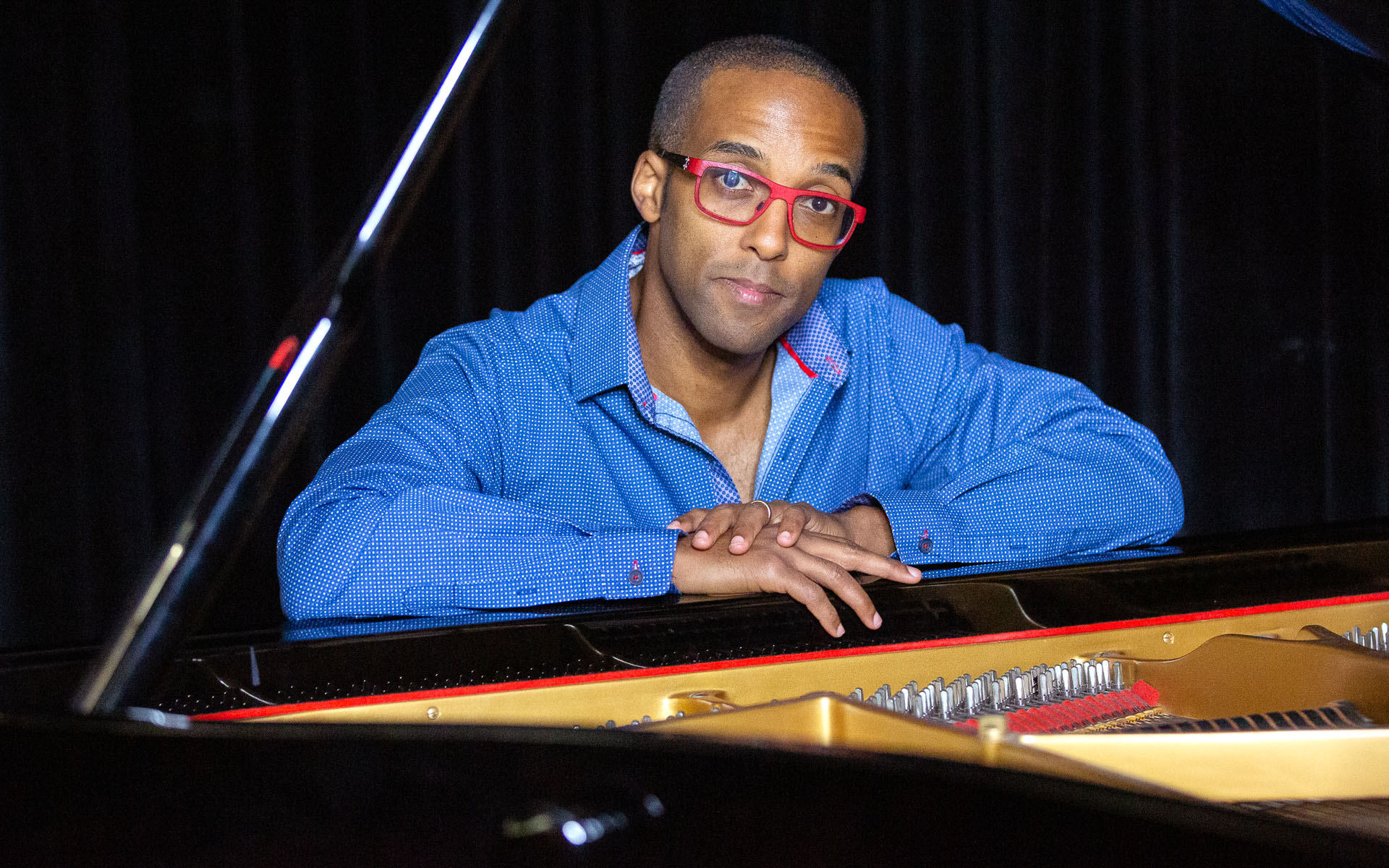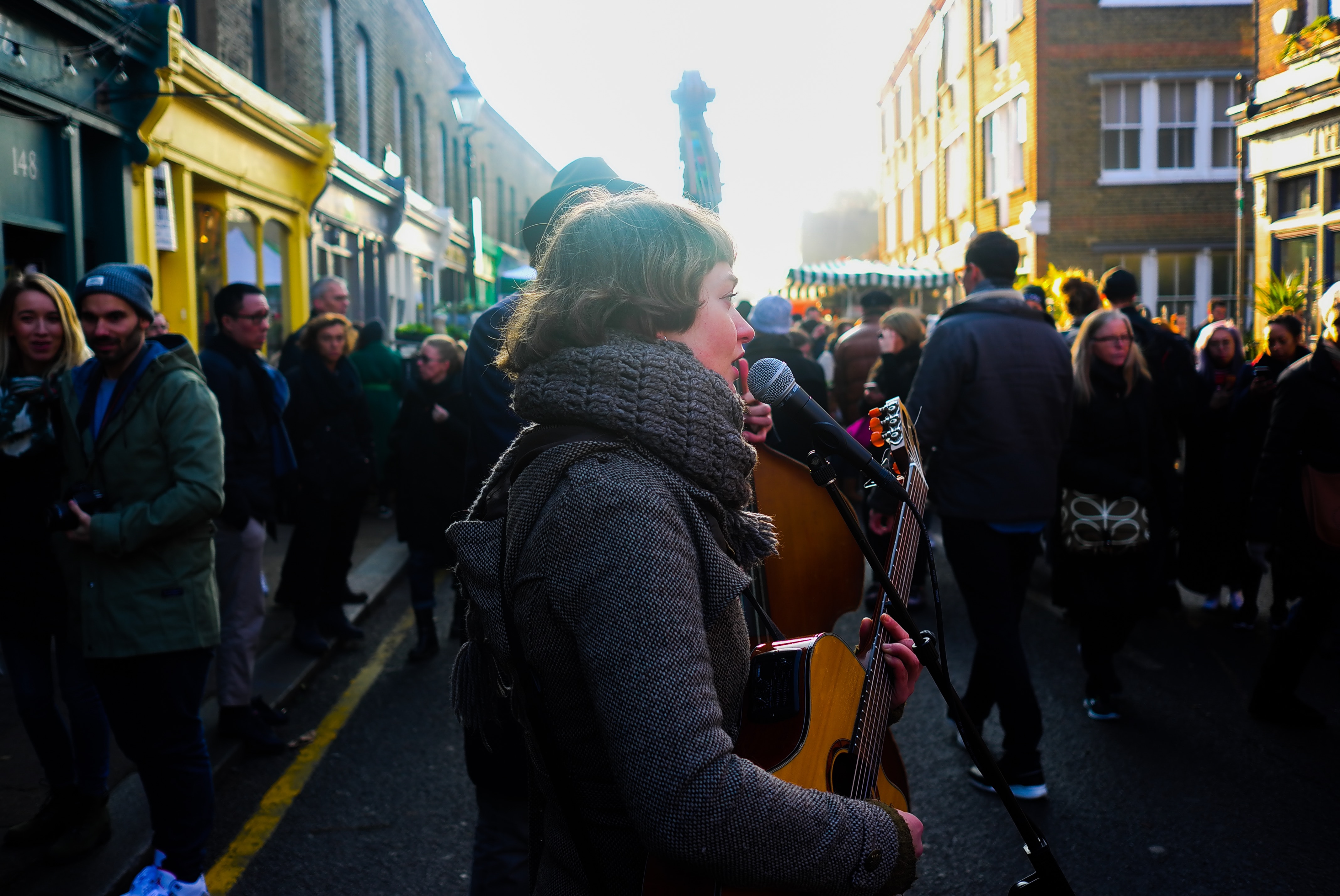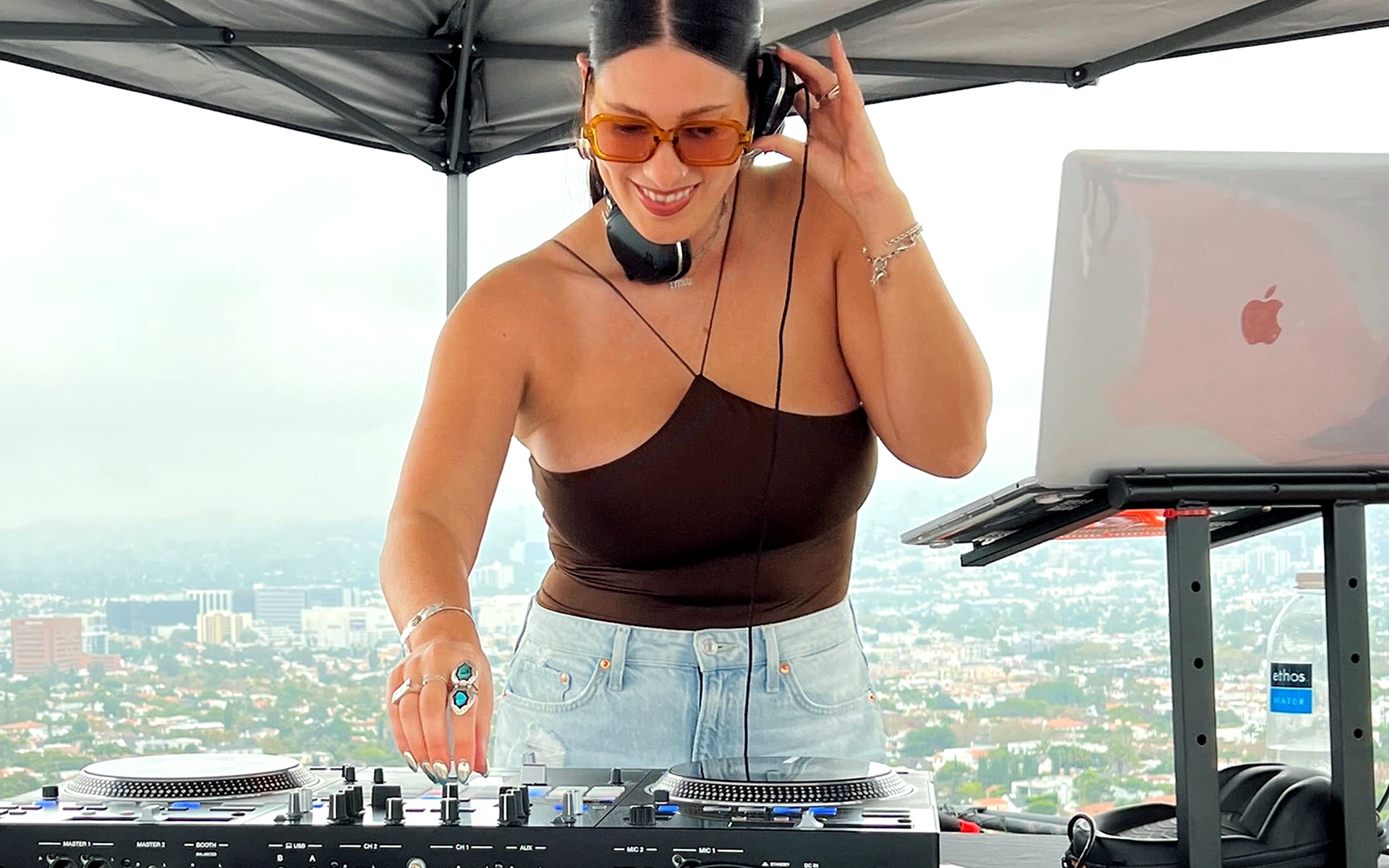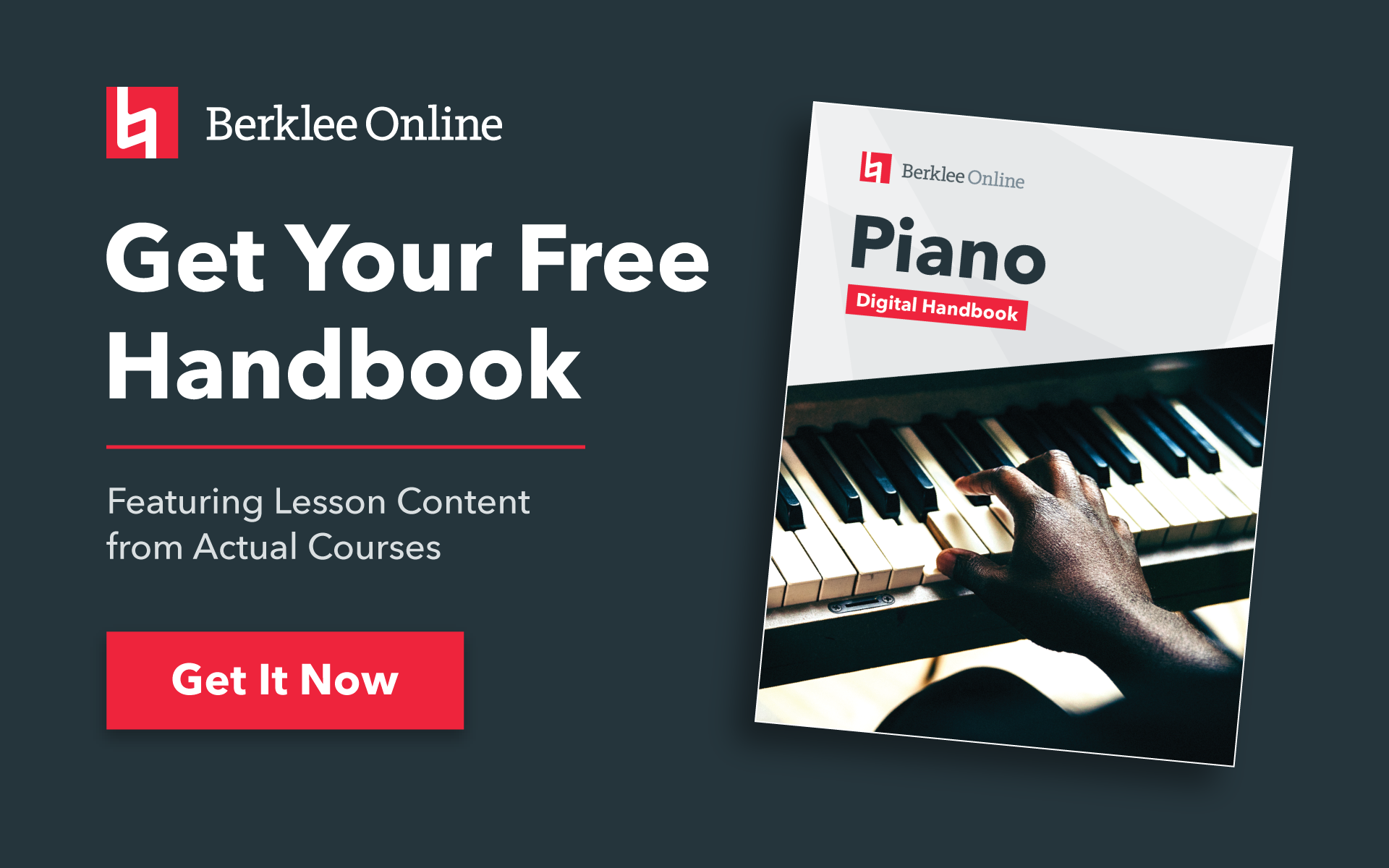In my experience working with singer-songwriters, a topic that often emerges is how to use simple and strong instrumental techniques to express our songs. Some of the songwriters I work with are vocalists, and they are very insecure about their ability to express their songs on piano or guitar. Reflecting on my own career after entering the industry, I spent much more time writing songs and being in the studio with professional session players playing my songs then I ever did practicing or performing my own songs. This, of course, helped me to become a better writer. But looking back, I would have also liked to devote a little more time each day to my expression of my songs on my instrument as a solo singer-songwriter.
TAKE A SONGWRITING COURSE WITH ANDREA STOLPE
There are some fantastic teachers who can teach how to play popular music styles in simple ways. In my experience, however, not every teacher has the skills or understanding of the function of a piano in a pop band, for example, and can teach it effectively. I grew up on classical music, and indeed there is no greater melodic tutor than Mozart. But when it comes to writing groove, I grew up training my left hand to stick to single chords and arpeggios rather than casting a wonderfully syncopated groove. And classically trained instructors weren’t able to enlighten me, either.
If you can’t find an instructor in your area who can teach you to express your songs in the style consistent with your genre, I encourage you to turn to online study and tutorials (Berklee Online offers a number of piano/keyboard courses). There are some simple rhythms a pop pianist can learn to play, and wonderful exercises to help learned how much and when to play.
At home, start to listen to and recognize how simple the basic pop piano track can be. More often than not, we play too much. The first verse with whole notes in both hands, or half note chords in our right hand with whole notes in the left hand can be just what the song needs to create proper build and dynamic towards the chorus. Thinking like a producer, we can learn how subdividing the beats builds energy. As the song progresses, our right hand might move from whole notes to quarter notes and finally to eighth notes to reflect that build that is created as the band gathers energy and finally explodes in full swing at the chorus.
Remembering we can take advantage of the full range of the piano, we can start small and high in the first verse. Keeping our hands close together, we reflect an intimacy that might be there in the lyric. When we want to reflect the expansiveness, heaviness, or intensity of the main message, we spread our hands apart across the greater length of the keyboard.
If you can’t play well, practice playing simply. When the song is good and your voice adequately expresses the message of the song, the listener will often forget about the accompaniment altogether. As long as we are consistent with the tempo, the accompaniment can be a transparent element of the song.
Try not to noodle in your right hand while you are singing, but provide simple two or three-note melodic motifs in the spaces between your vocal lines.
We get our best expression of the song on our instruments when we imagine we are trying to emulate the full band. For contemporary music styles, an instructor who has performed in band settings or has production or music director experience is a great choice.
If you’re feeling frustrated by an inability to express your songs with your instrument and voice, look into courses at Berklee Online that can help you gain control over this important element of your songwriting career.
Happy writing,
Andrea
STUDY SONGWRITING WITH BERKLEE ONLINE





